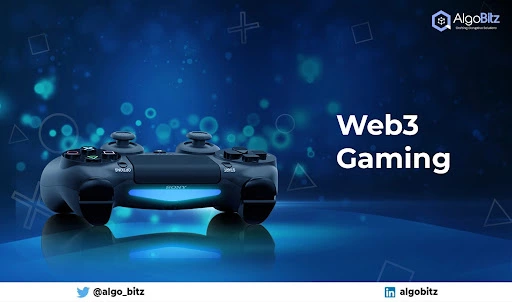NFT games have gained popularity in the world of Game-fi. With play-to-earn models, you can even earn tokens while selling your in-game NFTs to other players and collectors. We must first establish our familiarity with NFTs before we can address the topic of “what are NFT games?” Among the several types of cryptographic tokens, an NFT (Non-Fungible Token) is a unique one. It is a type of cryptocurrency token that resides on the blockchain and denotes a specific object as other tokens do.
Why are NFT Games Appealing to Developers?
Now that we have understood what an NFT means, let’s delve deeply into the subject. Games that utilize NFTs in any way are essentially considered NFT games. They, therefore, give NFTs ways to be used or just earned as rewards. On the other hand, NFT games designers frequently choose to combine the two. Because of this, NFTs are used in the gameplay, rules, and player interactions in NFT games.
Let’s understand what goes behind an amazing NFT Game:
Ideation
Every creative process starts with a basic step of ideation. You must have a firm grasp on your basic gameplay at this level, as well as the NFTs and blockchain you wish to use. This is an important step because it will help you decide the direction of the project. It is also an ideal time to choose if you want to build your own marketplace or not.
Visualizing your game’s project through some illustrations is equally essential as it helps the developer to properly express the game’s concept. It is preferable to base your concept on an existing intellectual property (popular character, for example).
Game Design
This is the most important step of your game design journey. This is where all your ideation and concepts will be turned into reality. It’s the production stage of your project. At this stage, you will be working on the storyline. Identifying the primary character, the setting, the overarching game theme, and so many more features. It is always recommended to consider User Experience (UX) as a priority going forward.
Programming
Now it’s time to bring the vision to reality. The game logic is created by programmers based on the art created for the specific iteration when the artwork is finished. At this point, the game developer should start working on the game’s basic logic, AI, user interface (UI), levels, or blockchain-related tasks, depending on the iteration. This step will help you get a good concept of what the game will look like. It is advisable to test out P2E and blockchain-based NFTs in earlier iterations if you have already incorporated them into the basic game loop in your Game Design.
Post Production
The penultimate step entails getting the game ready for a worldwide release. At this point, the game is made available at the appropriate retailer. Make sure to launch your coin and contract on your blockchain’s primary network. Since the game would need website and backend support, cloud servers are built up to handle scalability for money and wallet.
Concluding Thoughts
Furthermore, you now understand that you do not have to go through the challenging and time-consuming route of designing NFT games from scratch. As an alternative, you might streamline the procedure by delegating the challenging development to us. We, at Algobitz, have established a full-scale development strategy and complete NFT solutions, to help you design and develop NFT Marketplace, NFT Minting platform, Generative NFT Development, and so much more on Web 3.0





